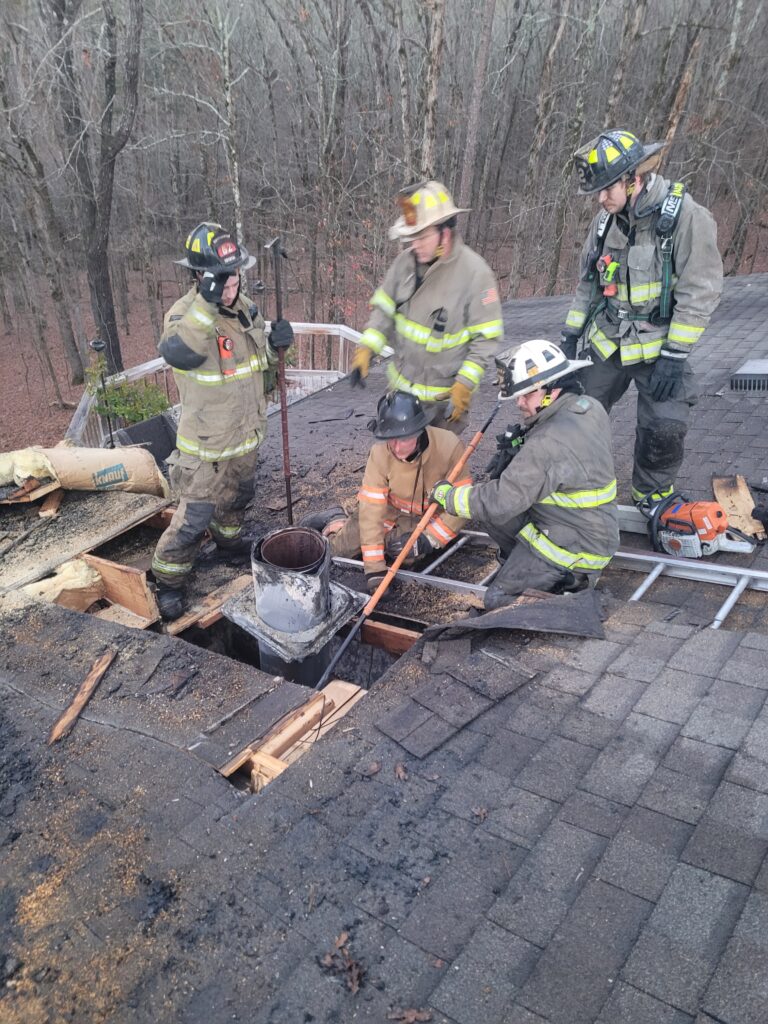WINTER IS UPON US and the temps will just be colder and for longer. We have had several residential structure fires over the past week and want to put out a reminder that home heating requires some safety steps. Whether you heat with wood, electricity, or gas, it is up to you to do so safely. We want you to stay warm for what may be a long winter.
WOOD BURNING- If you use a wood fireplace – Be sure to have it cleaned and inspected regularly for proper operation. Creosote buildup can lead to chimney fires and eventual chimney failure. If you haven’t had your wood stove or chimney cleaned, make the call to get it done before snowy and icy weather arrives. Losing power for other heating in a storm or power outage increases your reliance on alternative heat sources for extended periods during the event. Act now to be ready for later.
ELECTRICITY – If you use electrical permanent electrical heat, be sure to have it serviced annually for safe operation, especially those that use heat strips. Portable heaters are temporary and require even more care to ensure they are UL-listed for safe operation, automatically shut if they turn over, and be sure to ensure they don’t operate near flammable fabrics or materials. And never use extension cords to connect your power to a portable heater, the cords cannot take the high voltage for as long and can fail easily.
GAS- Be sure to have gas (propane, natural gas, or kerosene) checked regularly for proper operation. Incomplete combustion could lead to carbon monoxide gas leaks (very deadly). Also use them only when you are present and in a place away from other flammable fuels or materials (clothing, fabric, furniture, etc). Never use heaters designed for outdoor use to be operated indoors. The risk of fire and exhaust gases increases substantially or could reduce the oxygen in enclosed rooms.
CHECK YOUR SMOKE AND CARBON MONOXIDE ALARMS – be sure you have good batteries in alarms intended to wake you from a fire. Test them monthly.
FIRE EXTINGUISHERS – Put a fire extinguisher in key places around your home where fires are most likely to occur. Add them near a fireplace or stove, put one near your stove or oven in the kitchen, including one in a garage or near flame appliances or fuel storage. Adding one near a grill or barbecue is a good thing too.
AND HAVE AN ESCAPE PLAN – Learn more about how you and your family can have a plan to get out quickly in the event of a fire.

